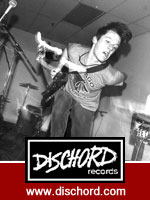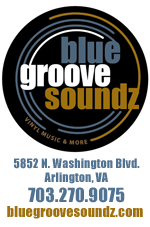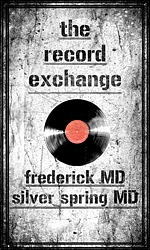
The Kingman Island Bluegrass & Folk Festival started seven years ago as a kind of harbinger of spring in DC but also to raise funds and awareness for Living Classrooms Foundation which in part gets young people involved in a slice of nature that might otherwise go unnoticed behind the parking lots of RFK stadium in the city’s southeast not far from a Metro stop.
It’s a busy weekend for music festivals in the region though, with International Jazz Day taking over several stages in the city, and a bigger-named folk fest in nearby Baltimore the same day, not to mention the fuss surrounding the night’s White House Correspondents Day dinner.

Still, Kingman Island has proven reliably popular with throngs of locals, despite the fact that it is often less the perfect spring day as it was on Saturday, a bit cool, deeply cloudy and threatening sprinkles at any moment. Less a sun dress day than a trench coat one. And boots instead of sandals were necessary since the footpaths between the half-dozen stages were already muddy from previous rain.
That the words “Kingman Island” sound a lot like “Cayman Island” when spoken from the stage only provided more of a contrast of what could have been blue skies and tropical waters. Oh, well. Hardiness is what these festivals require, and those who knew the drill brought along their rainproof blankets to sit on and soft-sided coolers. Not that you needed to bring sustenance. The place was ringed with food trucks, and there was no lack of tables to refill your reusable silver chalice with one of the sponsoring brews.
If it sounds like it’s taking a long time to get to talk about the music, that’s about the way it is at many of these festivals, where the ostensible reason for the gathering is more like the prevailing theme for this many people to get together and sit on an island and drink beer.
Maybe I’m too used to the sit-down folk and bluegrass places that go to the other extreme to prevent chit-chat of any kind. But at the Kingman Island folk fest was in many spots more of a gab fest, where it was hard to hear the music over people chatting away to their buddies or the constant hum or the generators powering the food trucks (I’m looking at you, Doug the Food Dude and Feelin’ Crabby).

In much the way that radio became a way to lure audiences to commercials through the promise of music, so have many festivals. It’s a little like physically walking through a radio, with music making way for plenty of booths about things that nominally have to do with the nature-minded place—recycling, boat and kayak rides, musical instrument stores—to things that definitely do not—such as multiple real estate companies looking to market themselves to captive millennials.
When branding and promotion take over the supposed reason for a festival, it’s a problem. And Kingman may be reaching that point, especially when you consider what little attention people paid to many of the acts.
Of course, Kingman fills its roster with local and regional acts, so there’s not any particular national draw other than friends, families, and established fans. Once one passes a couple of very tiny stages on the way to the main island, there is the choice between the largest Bluegrass stage near the top of the island and the nearly as big Americana Stage at the southern end. In between, two different stages do a lot to grab attention for a couple of reasons: they’re right off the bypassing road and their sound systems seemed louder than even the main stages. That was crucial when acts wanted to be heard over the din of the crowd.

I wanted to get there in time to hear my friend Letitia Van Sant on the bluegrass stage. Flanked by a couple of musicians who would play in their own bands later in the day, she stayed to her folkier and bluegrass based material singing of worker struggle and self-awareness in a voice that seemed to come from the hills of West Virginia instead of the city of Baltimore. She brings Joni Mitchell to mind, too, when she hits those ethereal, octave-jumping high notes.
Beyond Van Sant, though, I was on my own and had to figure out what acts to see based only on their name. Therefore, Oh He Dead was a priority. They did not disappoint. Formed by Andy Valenti with Cynthia Johnson on vocals, they blended rock and funk in an effortless style, with a pretty strong band.
On the same stage, not far from an area where REI was providing fake grass and s’mores ingredients to make around a campfire, the more folky oriented Calamity Row broke out of their farmer’s market touring locally to make an impression.
Possibly not related to folk or bluegrass, the other band with an alluring name, Miss Shevaughn & Yuma Wray couldn’t be ignored with their blasting psychedelia led by a multi-instrumentalist woman with smooth lead vocals and a guitarist who matched the band’s drummer for ZZ Top beard glory. They even brought along a horn section at one point.
For pure bluegrass alone, Maryland’s Plate Scrapers certainly filled with bill, with original tunes and covers expertly played with the traditional lineup.
But at the Americana stage midafternoon I struggled to hear a band called Burt the Dirt covering the Band’s “The Shape I’m In,” either because the sound was so low or the crowd was so loud. It was crowded there, so I stepped gingerly into the throngs and hid behind a birch tree, which distracted me with its spider webs and clumps of ladybugs.
It was only then that I thought: the festival really was a success. Its music had lured me into a natural micro-scene I otherwise never would have experienced. Then a stink bug landed on me.













